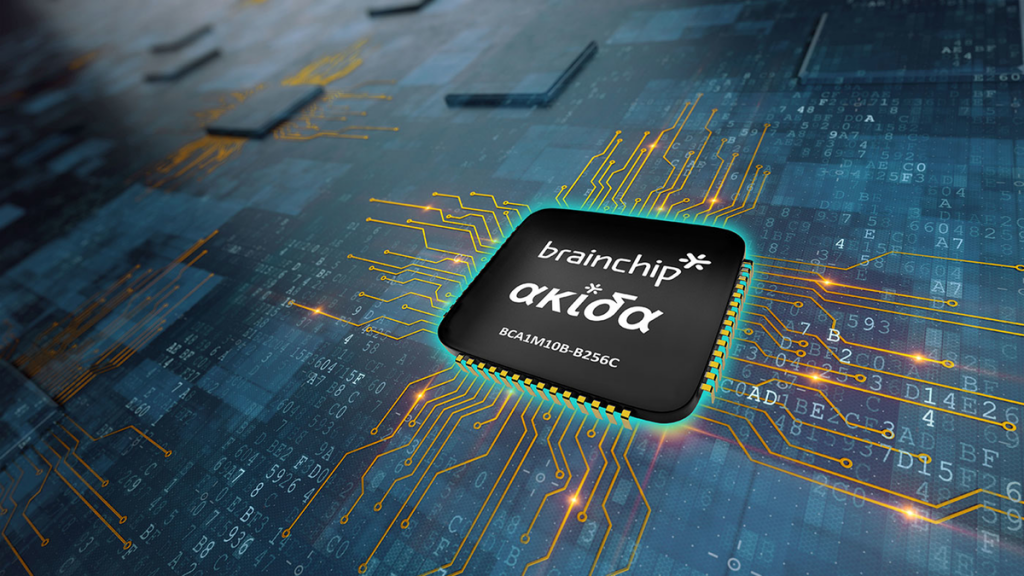OK. So this is where the smart doorbells come into the picture.

World’s most accurate people detection for Renesas RA MCUs.
Plumerai delivers a complete software solution for people detection. Our models are tiny and fast. Running on a Renesas next-gen RA MCU with an Arm Cortex-M85 with Helium, the frame rate is over 13 fps. Arm Cortex-M33 and Cortex-M4 MCUs are supported as well.
Documentation
ARM CORTEX-M85
13 frames⁄s
WITH A TINY FOOTPRINT
1 MB
Functionality
- Detects each person in view, even if partially occluded.
- Tracks people and assigns up to 20 unique IDs.
- Indoor, outdoor, NIR lighting.
- Detection distance of more than 20m / 65ft.
- Trained with 32 million labeled images.
- Extensively validated on diverse people and settings.
- Supports lenses up to 180 FOV.
Runs on Renesas next-gen MCU with minimal resources.
Arm Cortex-M85 with Helium
- Latency: 73.3 ms (single core)
- Peak RAM usage: 289 KiB
- Binary size: 1.2 MiB total
Evaluate our people detection.
Demo applications are available from Plumerai that run out of the box with a standard USB webcam.
Try it out.

Intelligent people detection sensors
Our AI can integrate into systems that don't record or transmit video. These devices simply work better when they know where we are: lights turn on when we get home and AC's steer the cold airflow toward you. The elderly can stay independent longer with sensors that notice when they need help. Since our AI can even run on microcontrollers, these systems can be inexpensive and battery-powered.
Video doorbells and smart home cameras
Smart home cameras traditionally rely on motion sensors that trigger false alerts due to moving objects or lighting changes. Our accurate people detection AI removes these false alarms and enables new use cases. Receive notifications when people are on your property and not when a pedestrian simply passes by. Since all the AI runs inside the camera, there's no cloud compute cost either.
Security cameras and video analytics
Our people detection AI software runs on any standard video security camera. Since our AI is tiny, there’s no need for a GPU or AI accelerator. Our people detection enables applications such as alarms, supports people tracking for counting, loitering detection, or to steer pan-tilt-zoom cameras to auto-follow. People can even be blurred for privacy and GDPR compliance.
Video conferencing and webcams
Our people detection AI on webcams and video conferencing systems ensures that every video call participant is optimally in view. Whether you're sitting right next to the camera or at the end of a long boardroom table, you'll be visible. Automatic reports can be generated with participant statistics and conference room occupancy. Since our AI has a tiny footprint, even consumer webcams can offer professional features.
There are many more applications where detecting people provides value. We’re also helping robots to detect humans, PIR-based motion sensors to become more accurate, detecting pedestrians to increase the efficiency of traffic lights and elevators, and many more.
https://plumerai.com/partners/peopledet-renesas



